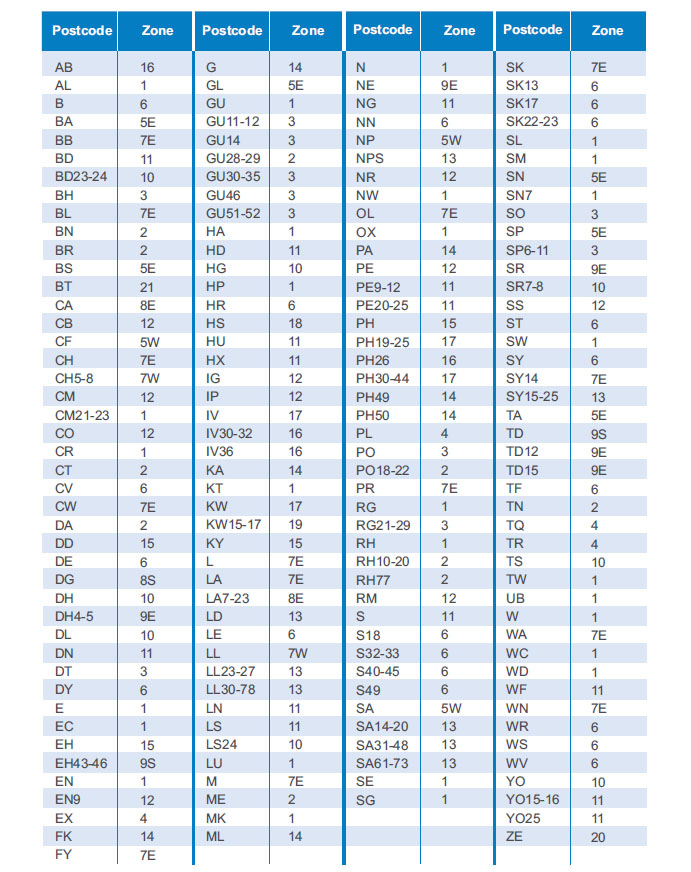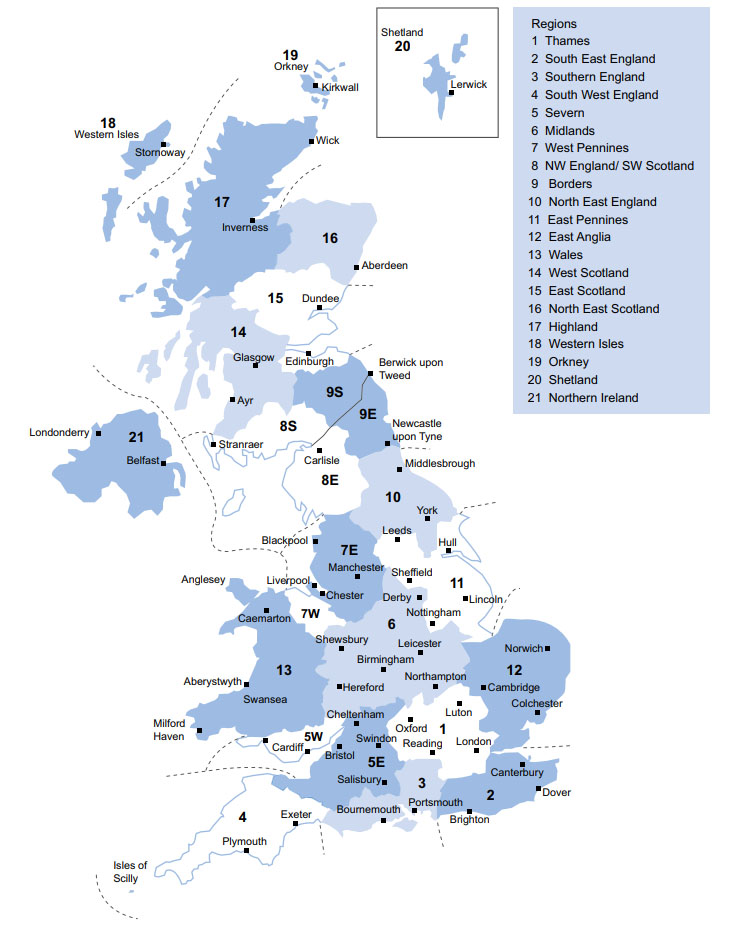Welcome to the beta version of the Tanjent Solar Calculator!
This will help you if you are thinking of installing solar panels (with or without a battery) or if you have solar panels and are thinking of adding a battery. It is programmed with JavaScript so you need to make sure that is enabled in your browser.
You tell the Calculator how much energy you use each year, and how much solar power and battery capacity you are getting installed or already have installed and it will tell you your annual savings.
To keep things simple it uses a number of standard values initially – however you can use the Settings button to change all these values to get a result customised for you (further details below).
Update 2022: Note this solar calculator was originally created in 2020 so you should start by updating your current electricity unit price in Settings to reflect the big jump in electricity prices (and hence potential savings).
If you are viewing this on a phone you might want to be in landscape mode to see the sliders more easily.
Detailed instructions are given below the Calculator.
How To Use
- Electricity Use – Set your annual electricity consumption. This figure is usually given on your electricity bill. If you don’t know it just choose the closest house size.
- Solar Power – Set the number of panels/solar power you have or are thinking of getting. We currently assume each panel has a power of 300 Watts.
- As you change the sliders the Solar Calculator works out:
- ✔ How much electricity you will generate.
- ✔ How much money you would save if you used a quarter (25%), half (50%) or three-quarters (75%) of what you generate.
- To help you know what self-use figure may be right for you, we give you a figure under the table which has been calculated based on official MCS guidance for the settings you have selected. However you could beat it by by changing your lifestyle – for example putting on the washing machine when the sun is shining.
- Battery Storage – Finally, add a battery into the mix. Select what battery capacity (in kWh) you would like. Since a battery can be filled with solar during the day and used after the sun has gone down it has the effect of increasing your self-use figure, and therefore the likely savings you would see (i.e. which column of savings would be most appropriate for you).
Advanced Use
The default results are for a house with a south facing roof in the Midlands occupied by someone who is at home about half the day during the week – you can change these values by clicking on the Settings button.
Note that Home Occupancy is for weekdays only; everyone is assumed to be at home at weekends.
To work out which UK solar zone you are in, refer to the following MCS postcode list or map:






